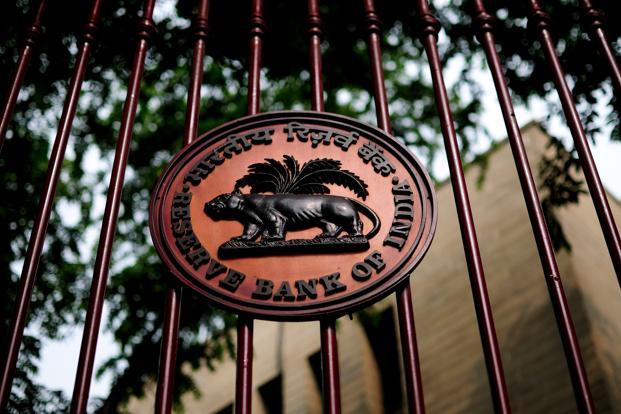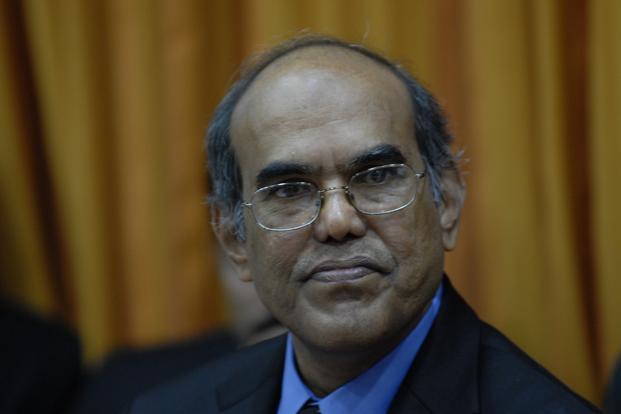Mumbai: Hours after Lehman Brothers filed for Chapter 11 bankruptcy protection in September 2008, the Reserve Bank of India (RBI) directed the Indian arm of the US investment bank to close all transactions with Indian banks within a day. A couple of weeks later, RBI asked banks to furnish data on their exposure to other troubled global financial entities, including Wachovia Corp., Fortis NV, American International Group Inc. and Washington Mutual Inc.
India’s largest private sector lender ICICI Bank Ltd had the maximum exposure to Lehman Brothers—$83 million, less than 0.1% of the bank’s consolidated balance sheet. Others like State Bank of India, Bank of India, Bank of Baroda, Punjab National Bank and Axis Bank Ltd had very small exposure to Lehman Brothers, which also ran a non-banking financial company in India, but its entire Rs. 800 crore capital was invested in government securities and bank deposits. So there was very little impact on the Indian financial system.
The trouble started in the US housing market where a lot of imprudent loans were given to borrowers who couldn’t repay them. Loosely called securitization, these faulty loans were sliced up, mixed with good loans and sold to other banks across the globe. Banks, insurance firms, pension funds, and even state governments were eager buyers of those rated assets as there was plenty of money sloshing around and interest rates were low. When the rates started rising and home prices started falling, the bubble burst. The proliferation of derivatives on the loans affected by the meltdown in the values of the underlying assets magnified the problem.
Like the rest of the world, India too felt the impact of the liquidity crisis that took hold after Lehman’s collapse, as banks stopped trusting each other. But the Indian financial system largely escaped unhurt from the immediate impact of the fall of Lehman as a conservative RBI never allowed local banks to take excessive risks and built a safety wall brick by brick around the banking system. The process started at the beginning of the century when the Indian central bank conducted a stress test of the banks’ investment portfolios in a rising interest rate scenario. The yield on the benchmark 10-year bond dropped to its historic low of 4.97% in October 2003, but a year before that, RBI had advised banks to meet the adverse impact of interest rate risk by building up an investment fluctuation reserve. So, when a reversal of rate movement started in late 2004, the banks could absorb the impact of rising interest rates.
RBI also sensed the real estate bubble ahead of other regulators.
In June 2005, it directed banks to have a board-mandated policy in respect of their real estate exposure limits, collaterals and margins. It increased the risk weight on banks’ exposure to commercial real estate in phases to discourage them from aggressively disbursing real estate loans. Higher risk weight calls for more capital and makes money more expensive. Similarly, the risk weight on housing loans to individuals against mortgage of properties and consumer credit and capital market exposures was raised.
The central bank also progressively raised the provisions for standard assets and clamped down on inter-bank liabilities by linking a bank’s ability to borrow from other banks to its net worth or capital and reserves. At the same time, banks and non-banks were discouraged from securitizing their exposure and creating more liquidity.
On top of all these, RBI also resorted to strong moral suasion to dampen banks’ appetite for risk. Banks stopped selling exotic derivatives to help corporate clients tide over currency fluctuations and closely monitored their unhedged foreign currency exposures. As a result of all these, the credit derivatives market has not flourished in India, but no one is complaining.
Five years down the line, the Indian banking system has been hugely polarized. While public sector banks that roughly account for 70% of the industry are grappling with a pile of bad and restructured assets, private sector lenders are perceived to be more prudent and seemingly know how to get their money back from the most difficult of borrowers. Global investors are looking at both sets of banks with a sense of exaggeration. While this is a perception issue, non-banking finance companies have come under greater regulatory glare. As long as they are small and efficient, RBI has no problem with them, but the regulator is unlikely to allow any of them to become a systematically important organization.
A key parameter to judge the banking system’s health is the level of its stressed assets. With corporate earnings shrinking in a slowing economy, it is only natural that banks’ non-performing assets (NPAs) have been growing. A rise in NPAs affects banks’ health as they do not earn anything on such assets and, on top of that, they need to set aside a portion of their income to provide for stressed assets. At least one Indian bank had bad loans exceeding 6% of its total advances in the quarter ended 30 June and at six more, four of which are majority-owned by the government, gross NPAs were above 5% of advances. The situation is complicated with restructured debts on the rise. The combination of gross NPAs and restructured assets in March was 9.25% of total advances.
The banks will have to set aside money to cover their restructured loans, bad assets as well as depreciation in the value of their bond portfolio. This will erode their profitability and capital base. Bailout as a concept is not new for the Indian financial system, but it is insignificant compared with what we have seen in other parts of the globe. In the US, the UK and the rest of Europe, the governments have spent billions of dollars to recapitalize banks and a major part of the banking system in these countries is now being controlled by the government. The money spent on ring-fencing the financial sector from the global meltdown and past local crises is a very small portion of India’s gross domestic product.
In June, the capital adequacy ratio of Indian banks was 13.5%, out of which 10.05% was tier-I or core capital, consisting of equity and reserves. Under international banking norms that came into play in April, India’s banks would need Rs. 5 trillion of capital in the next five years. Indian banks will also require more money in the form of deposits to be able to give loans as and when credit demand picks up. In September 2008, banks lent Rs. 73.10 for every Rs. 100 worth of deposits. Now, the credit-deposit ratio has gone up to 77.5—they are lending Rs. 77.50 for every Rs. 100 of deposits. Since the banks need to keep 4% of deposits with RBI and buy government bonds with 23% of deposits, they need to garner more deposits to be able to give loans when the economy is back on a high growth path. With a set of new banks coming up next year and many more in future—as RBI plans to put bank licensing on tap—the next round of battle on the Indian banking landscape will be fought for deposits.



